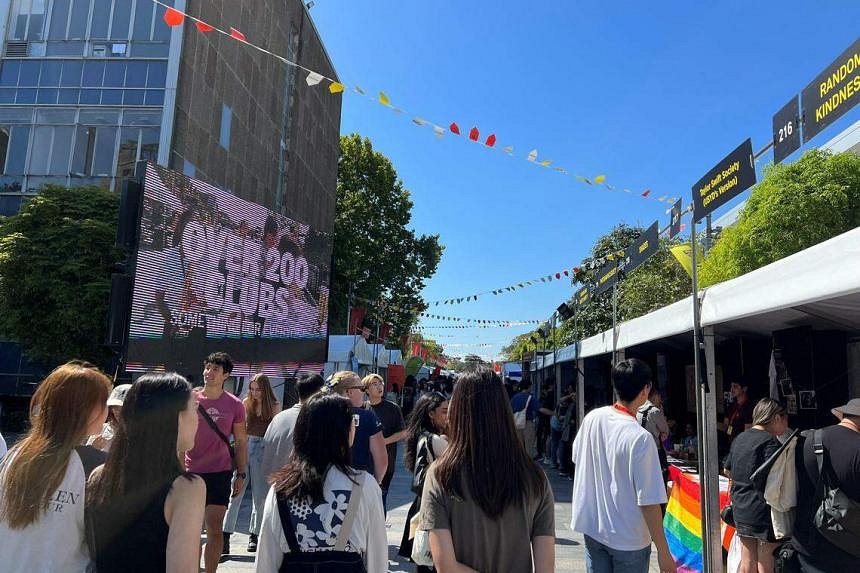SYDNEY - The Australian government on Tuesday announced reforms to its immigration system to fill critical labour shortages left after the Covid-19 pandemic kept foreign workers out of the country for almost two years.
The changes announced in the budget will open opportunities for workers on temporary visas to gain permanent residency and allow some foreign students to work longer in the country after graduation.
“Reforming the migration system will ensure it serves Australia’s national interest and complements the skills and capabilities of Australian workers,” the government said in budget papers on Tuesday.
The government has significantly raised its projections for net overseas migration into Australia to 400,000 arrivals for the fiscal year ending June from 235,000 in an October forecast.
Net immigration expectations for the next fiscal year were also upgraded to 315,000 from 235,000.
The surge follows the reopening of Australia’s borders in March last year to international departures and arrivals after two years of strict restrictions that were widely credited with keeping Covid-19 deaths low by global standards.
Australia has been competing with countries such as Canada and Germany to lure more skilled migrants, with the surge in demand exacerbated by an ageing population.
Businesses from cafes to construction firms have struggled to fill major workforce gaps and have resorted to hefty hiring bonuses and other perks to find workers.
Under the changes, permanent migration will return to the longer-term level of 190,000 places, 70 per cent of which will be allocated to skilled migrants.
About 124,000 workers currently in Australia on temporary skill shortage visas will now be able to apply for permanent residency.
Foreign students who complete studies at Australian higher education institutions will be allowed to work in the country for an additional two years post-study.
The Labor government on Tuesday boasted the first budget surplus in 15 years as strong jobs growth and bumper mining profits swelled its coffers, but it will quickly be swallowed up by spending on everything from health to energy and defence.
In his second budget since being sworn into the role in May last year, Treasurer Jim Chalmers also announced billions in cost-of-living relief aimed at lowering power bills and consumer prices in a helping hand to the Reserve Bank of Australia’s fight against inflation.
“Providing responsible, targeted relief is the No. 1 priority in our budget,” Dr Chalmers told lawmakers, while also lauding the improvement in the budget bottom line.
“This budget, we’ve returned 82 per cent of the extra revenue windfall that’s largely come from lower unemployment, stronger jobs and wages growth, and higher prices for key exports.”
The highlight was a projected A$4.2 billion (S$3.8 billion) surplus for the year ending June 30, 2023, the first since 2007/2008 and a huge turnaround from the A$37 billion shortfall forecast in October 2022.
The former Liberal National government came tantalisingly close to a surplus in 2019, only for Covid-19 to blow a pandemic-sized hole in the accounts and lift the deficit to a record A$134 billion.
The latest improvement owes much to a surprisingly strong labour market, which has taken unemployment to near 50-year lows of 3.5 per cent and boosted income tax while curbing welfare payments.
Labor has also promised to honour a commitment by the previous government to slash income taxes from 2024/2025, cuts that are projected to cost a budget-busting A$254 billion over the first 10 years.
REUTERS

